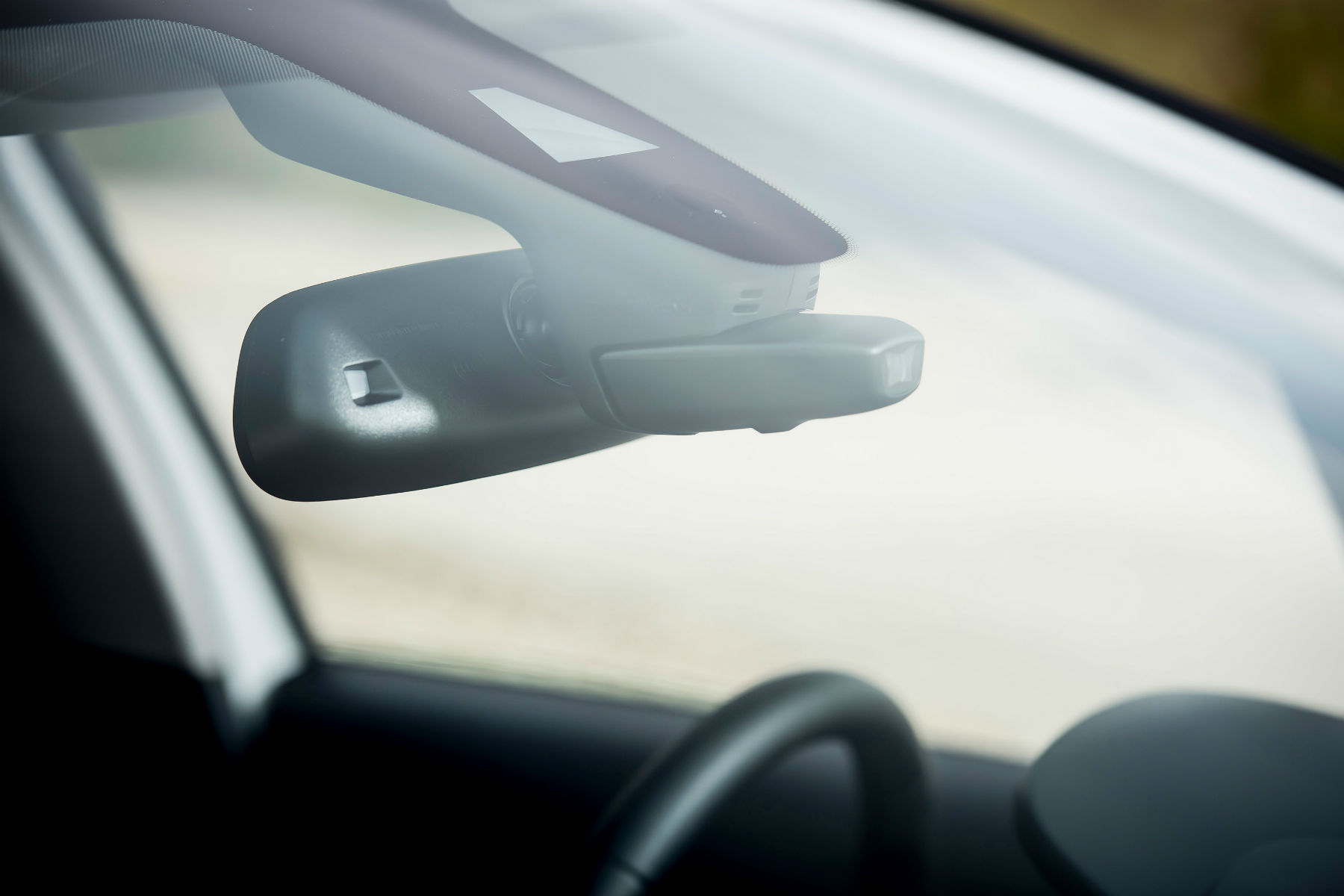
The Advertising Standards Authority has rejected complaints that an ad for the new Citroen C3 condones dangerous behaviour by showing a driver using its ConnectedCam at the wheel.
The built-in dashcam can be operated by pressing a button behind the rear-view mirror, yet 20 viewers felt a television advert demonstrating the system was irresponsible. A further two also complained about a radio advert.
Citroen UK responded to the complaints, saying “the one-click button on the camera situated just behind the vehicle’s interior rear-view mirror was no more distracting to press than turning on the radio and was designed to avoid driver distraction.”

The firm added that the camera was designed to be used when the vehicle was stationary, and the advert didn’t show the driver using it while the vehicle was moving. It also didn’t show him using his phone to share the photos.
After considering Citroen’s response, as well as feedback from Clearcast, the organisation which approves adverts for TV, the ASA rejected the complaints:
The ASA considered viewers would interpret the ad as illustrating how drivers could use the Citroen C3’s in-car camera. We considered that in some of the shots (where the driver was photographing the letters A and R) it appeared that the car might be moving, suggesting that the driver was using the camera while he was driving. We noted that the Highway Code advised drivers to avoid distractions and gave “starting or adjusting any music or radio” as an example of a distraction (rule 148); that using hands-free equipment was “likely to distract your attention from the road” (rule 149); that there was “danger of driver distraction being caused by in-vehicle systems such as satellite navigation systems, congestion warning systems, PCs, multi-media, etc” and that drivers “MUST [their capitalization] exercise proper control of your vehicle at all times”.
We noted that there were few, if any, other vehicles using the road in any of the shots and that the action the driver needed to perform to use the camera appeared to be nothing more than would be involved in a driver adjusting music or the radio, which the Highway Code permitted as long as the driver was exercising proper control of the vehicle. While we appreciated that the examples of actions or possible distractions given in the Highway Code could be undertaken in ways that would mean a driver was not exercising proper control of the vehicle, we considered there was no suggestion in the shots in the ad that the driver was distracted or not exercising proper control. We therefore concluded that ad (a) did not condone or encourage dangerous or irresponsible behaviour prejudicial to safety and in breach of the legal requirements of the Highway Code, and that it therefore did not breach the BCAP Code.
Motoring Research is currently trialling a Citroen C3 with a ConnectedCam as part of a six-month test, plus we recently took another C3 to France where we used the dashcam to indulge in a bit of car spotting.
More Citroen C3 on MR:
- Is the Citroen C3 the best supermini on sale? We’re finding out
- Car-spotting in Citroen’s point and click supermini
- New Citroen C3 Aircross to undercut Nissan Juke